Görlitz is a German city located on the Lusatian Neisse River, bordering Poland. It used to form one urban agglomeration with Zgorzelec. This city has over 950 years of history and more than 4000 landmarks, so sightseeing enthusiasts won’t get bored. Moreover, even if sightseeing isn’t your biggest passion, Goerlitz is simply a cool place for a weekend getaway. It’s pretty, has plenty of pubs, and, importantly, it’s close to Poland, so not only is the journey relatively short, but most tourist attractions also have information available in Polish.
I’ll add that seeing all the attractions in a day or two is a challenge. Therefore, it’s better to plan ahead and choose what interests you most. For example, I was particularly interested in the film trail, the Silesian Museum, and I also opted for a guided tour of the city. This way, not only did I learn more, but I could also feel the spirit of the city – our guide told stories with great passion. I’ll provide his contact details later in the post, but for now, let’s go sightseeing!
Table of Contents
- 1 Lower Market (Untermarkt)
- 2 Upper Market (Obermarkt)
- 3 Görlitz Town Hall
- 4 Merchant Houses
- 5 City Towers
- 6 Church of St. Peter and St. Paul
- 7 Upper Lusatian Library of Sciences
- 8 Silesian Museum
- 9 Holy Sepulchre (Heilige Grab)
- 10 Synagogue
- 11 Straßburg Passage
- 12 Kaufhaus Görlitz
- 13 Görliwood
- 14 Oxen Fortress (Ochsenzwinger)
- 15 Görlitz Zoo
- 16 Berzdorfer See
Lower Market (Untermarkt)
One thing to know is that it’s one of the few cities of similar size in Germany that didn’t suffer destruction during World War II, thus preserving its original layout and buildings from many historical epochs.
The Lower Market is where the wealthiest merchants in Görlitz used to live. It has existed since 1305 and is located near the city hall. The Lower Market is adorned from the south by the baroque Neptune Fountain. However, tourists are mainly drawn to house number 22, adorned by a round, Gothic portal called the “Whispering Arch”: when you whisper something from one end, it can be clearly heard at the other.
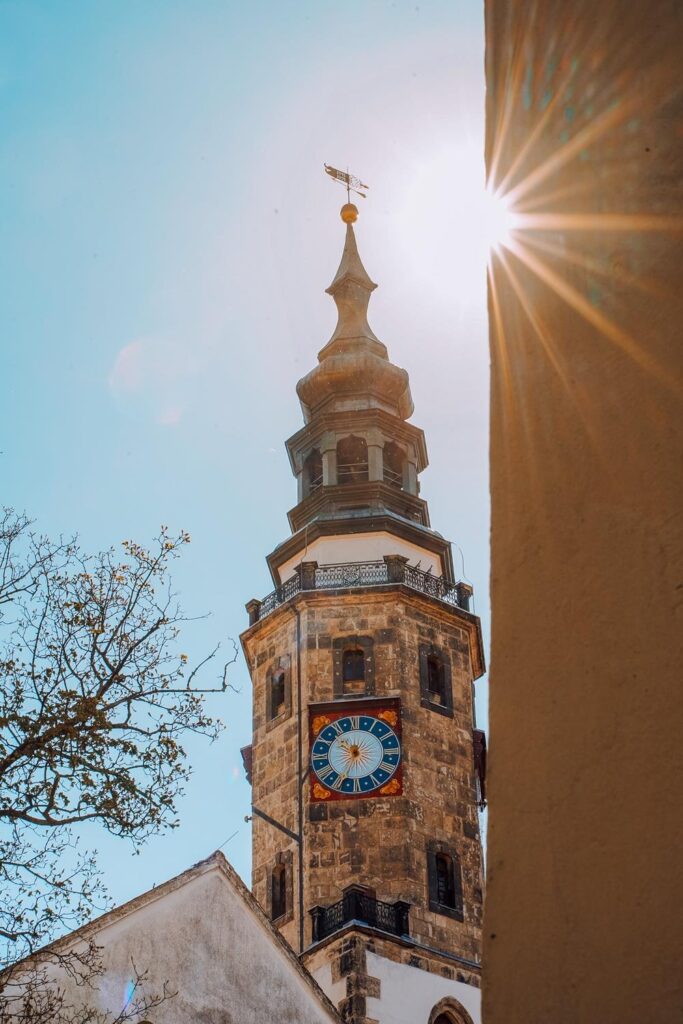
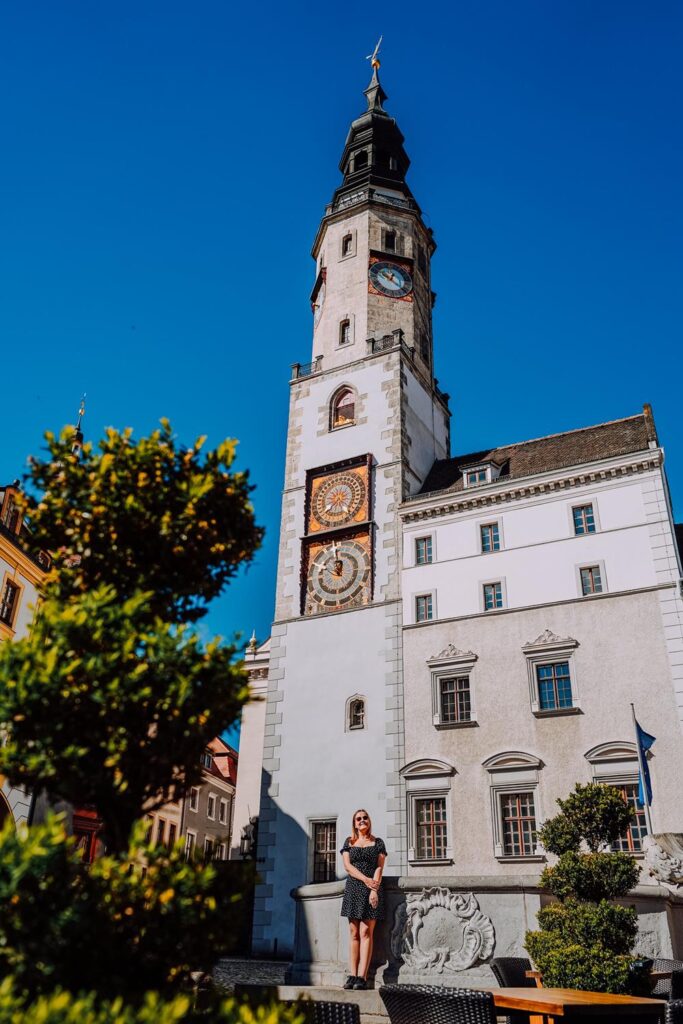
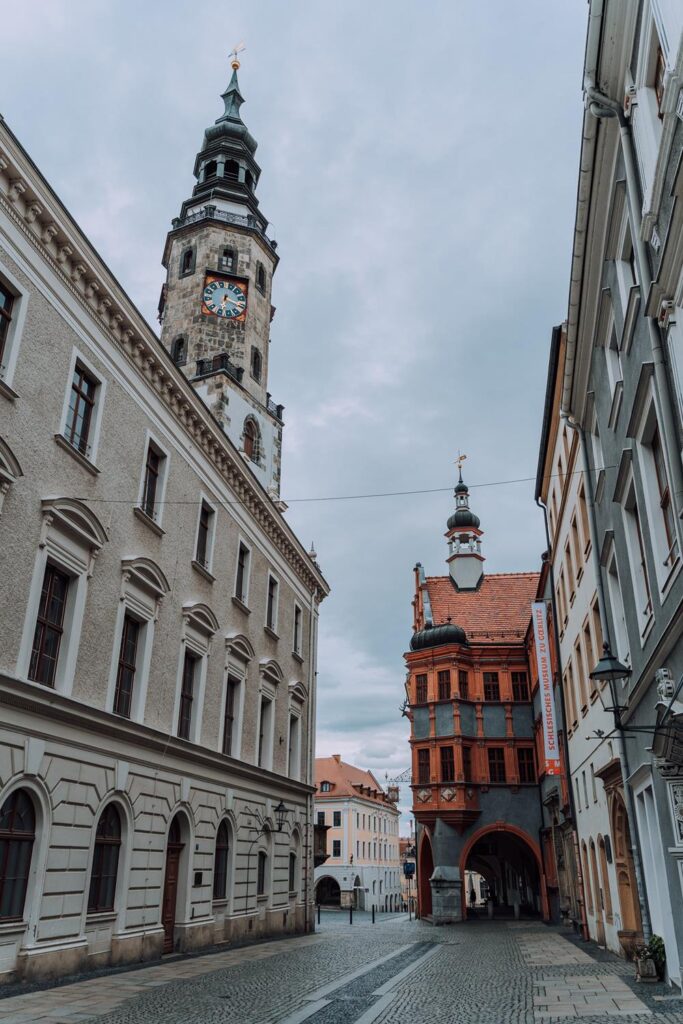
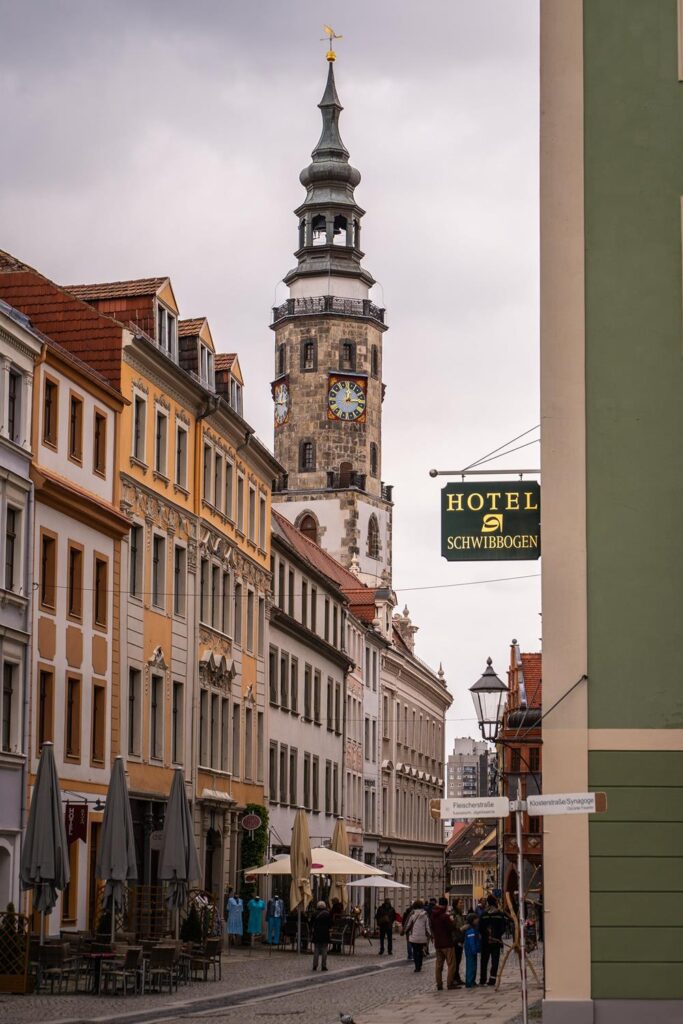
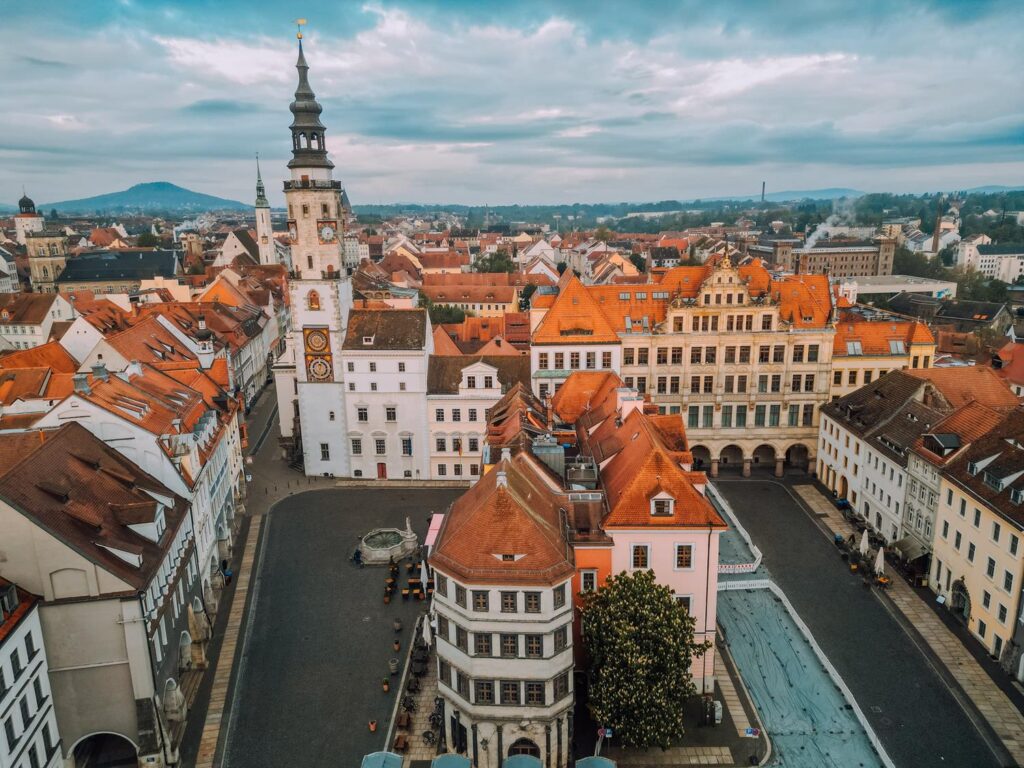
Upper Market (Obermarkt)
The Upper Market is one of the largest squares in Görlitz. In the past, the Via Regia trade route passed along it, connecting Eastern and Western Europe. Today, it’s also lively: in the vicinity, among charming buildings, you’ll find many restaurants, cafes, and hotels. When it comes to sightseeing, it’s worth stopping by the tourist information center and visiting the Church of the Holy Trinity or Napoleon’s house.
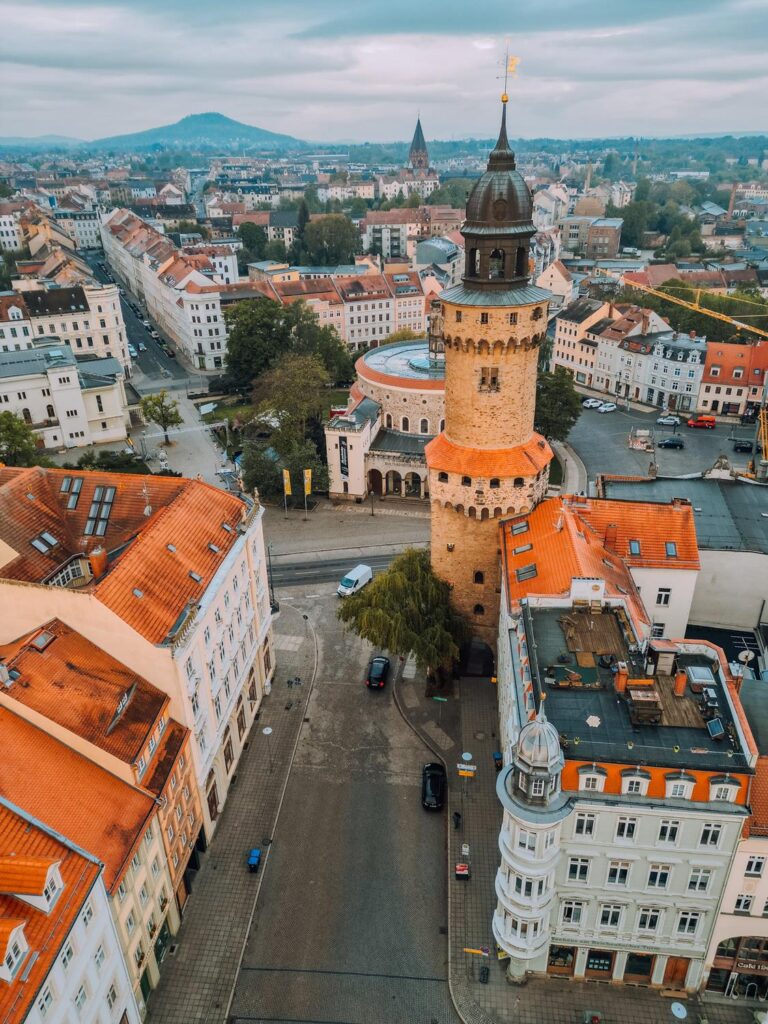
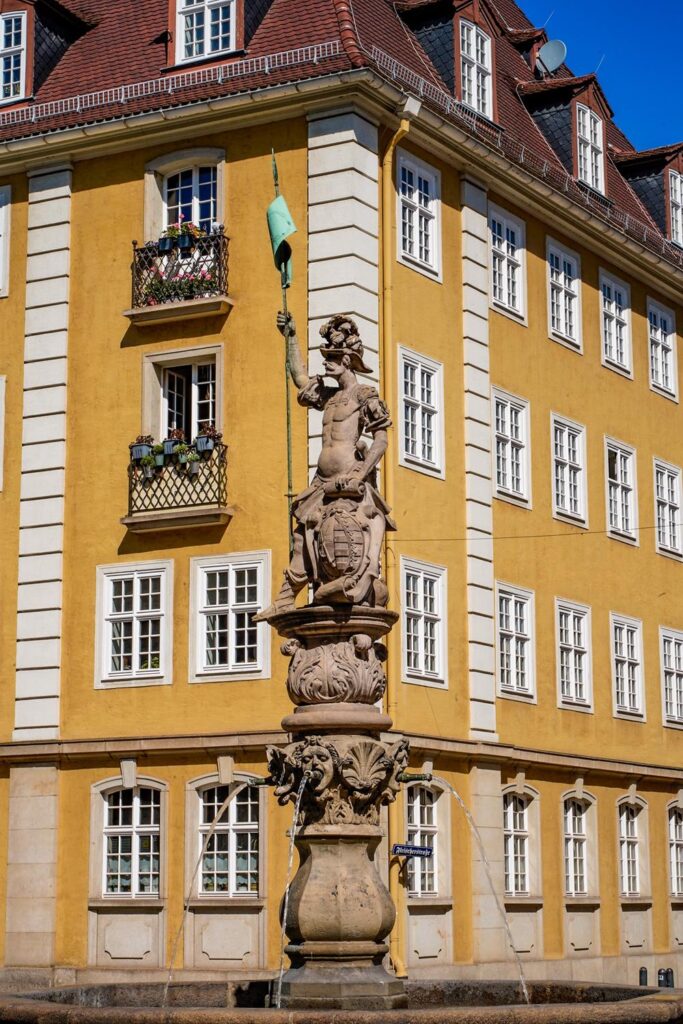
Görlitz Town Hall
The Görlitz Town Hall was first mentioned in 1369. From the beginning, it served as the seat of power and administration. The complex combines several impressive buildings from different epochs. The tower dates back to 1378 and was expanded in the 16th century. There’s a balcony in the building, used for public announcements. At the stairs, you can admire the statue of Justice, the goddess of justice. The interior of the town hall is from the Renaissance period.
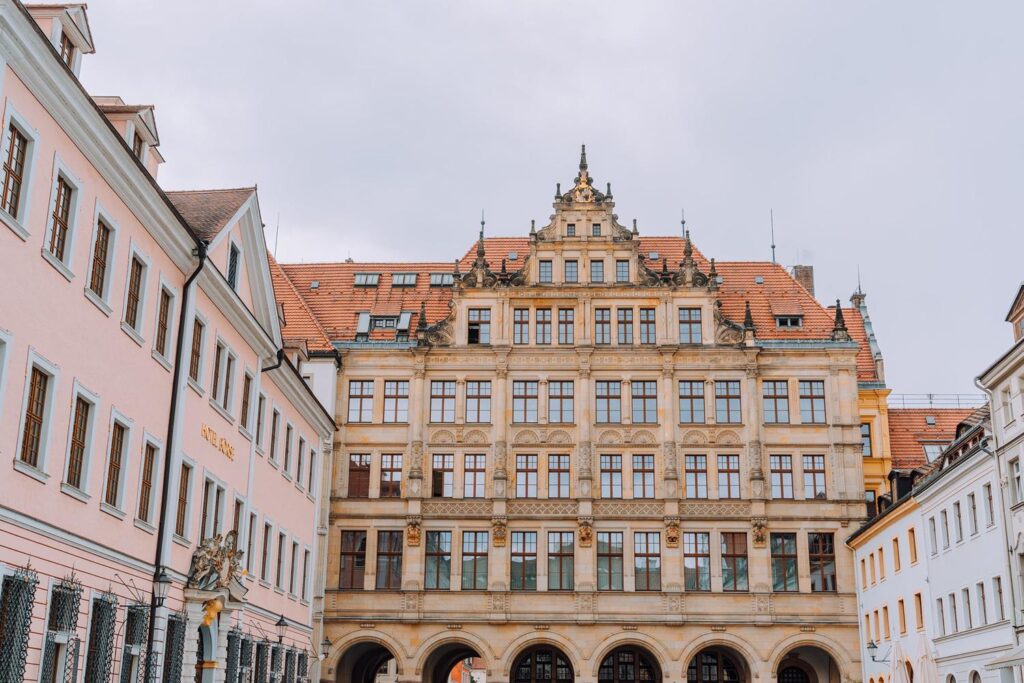
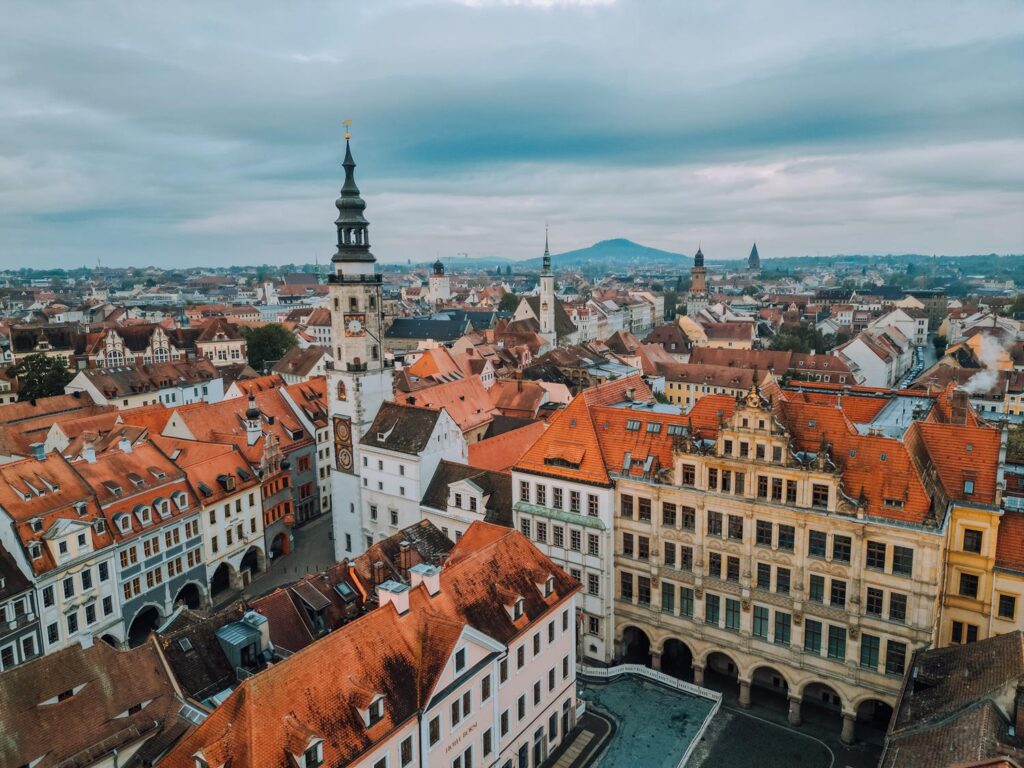
Merchant Houses
The merchant houses in Görlitz, like the Upper Market, were located along the Via Regia route. They belonged to merchants trading with other countries. They form the basis of the architectural complex from the late Middle Ages and the early modern era. The houses served residential, utility, and commercial purposes, with courtyards that turned into market squares. Today, they symbolize the commercial activity in Central Europe of that time. Another famous city on this route is Jarosław, a city in eastern Poland.
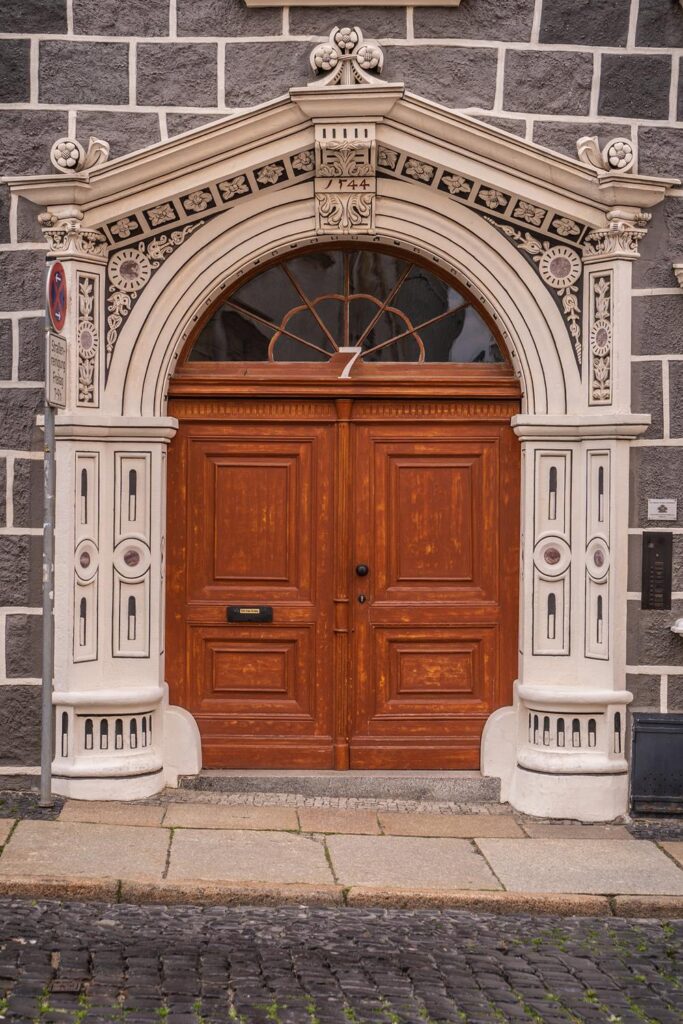
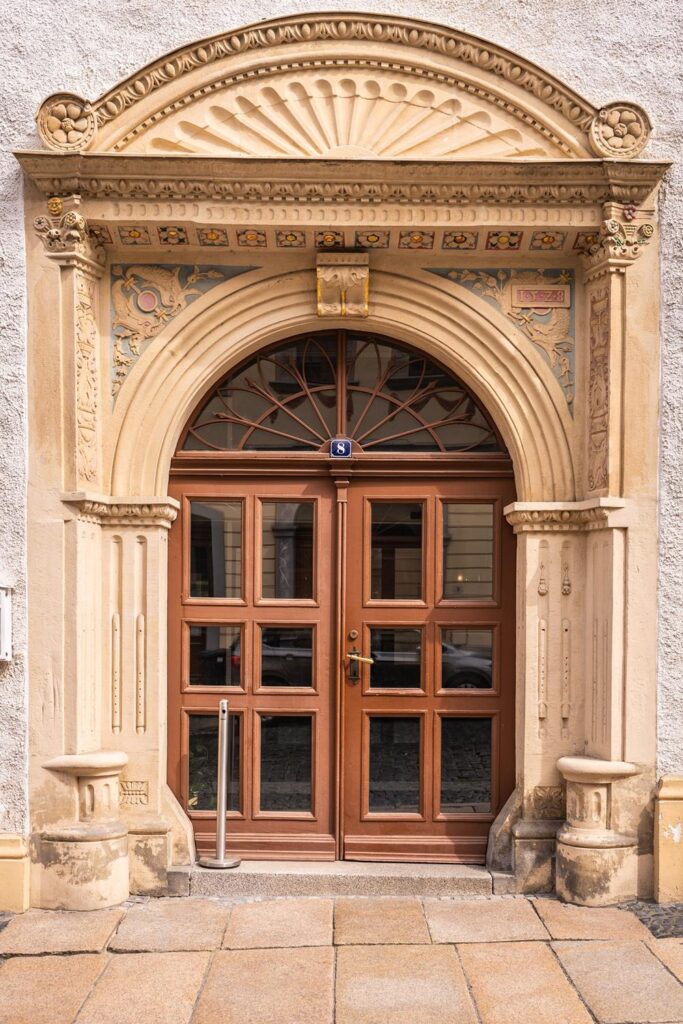
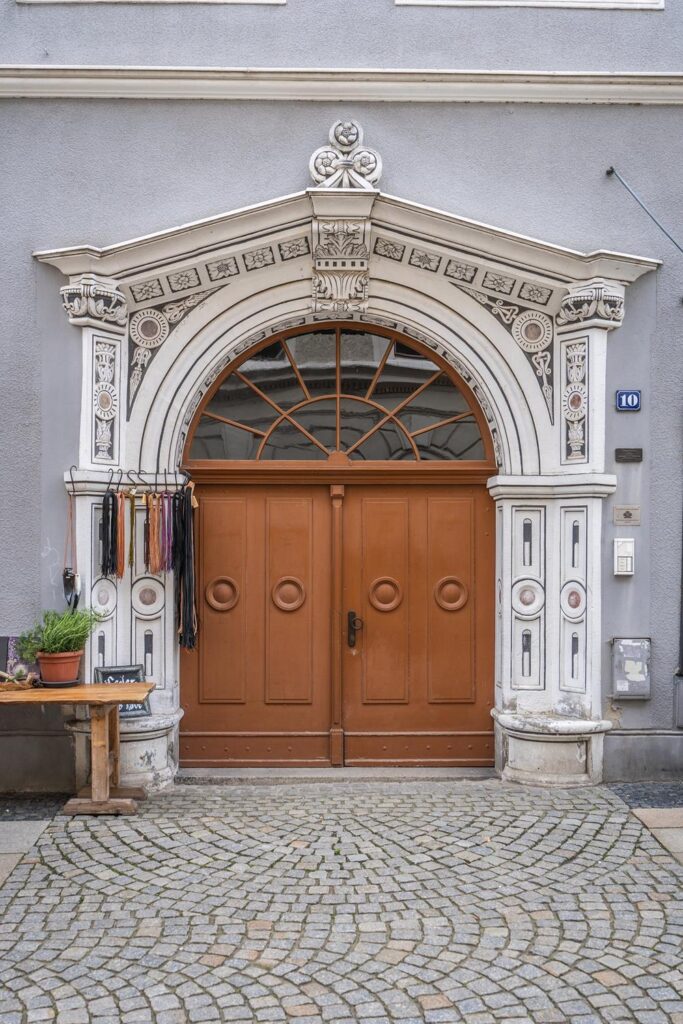
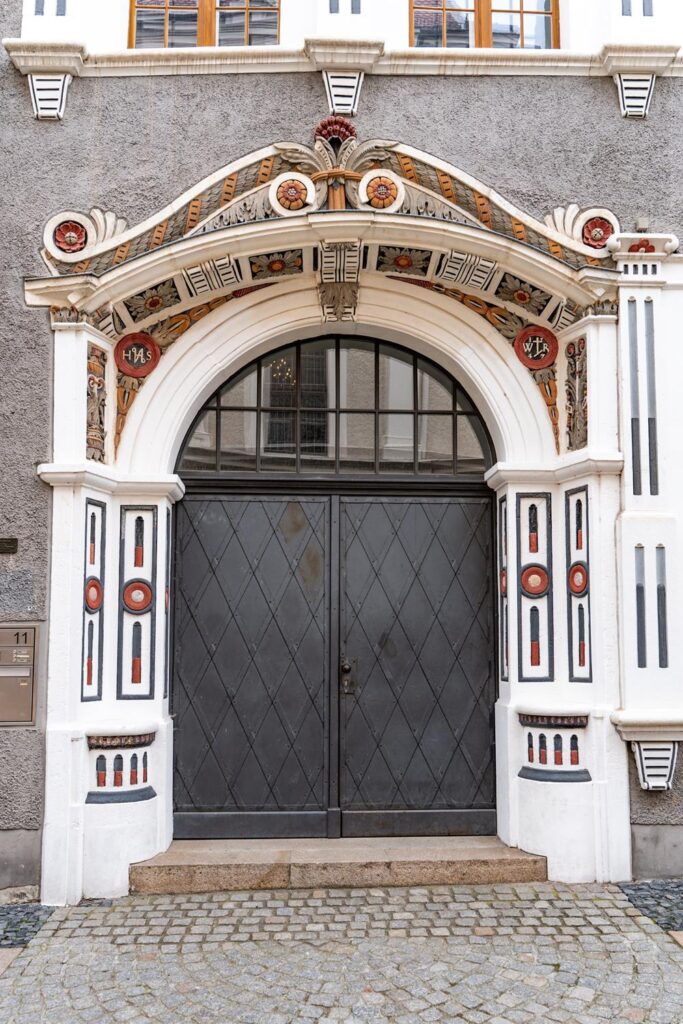
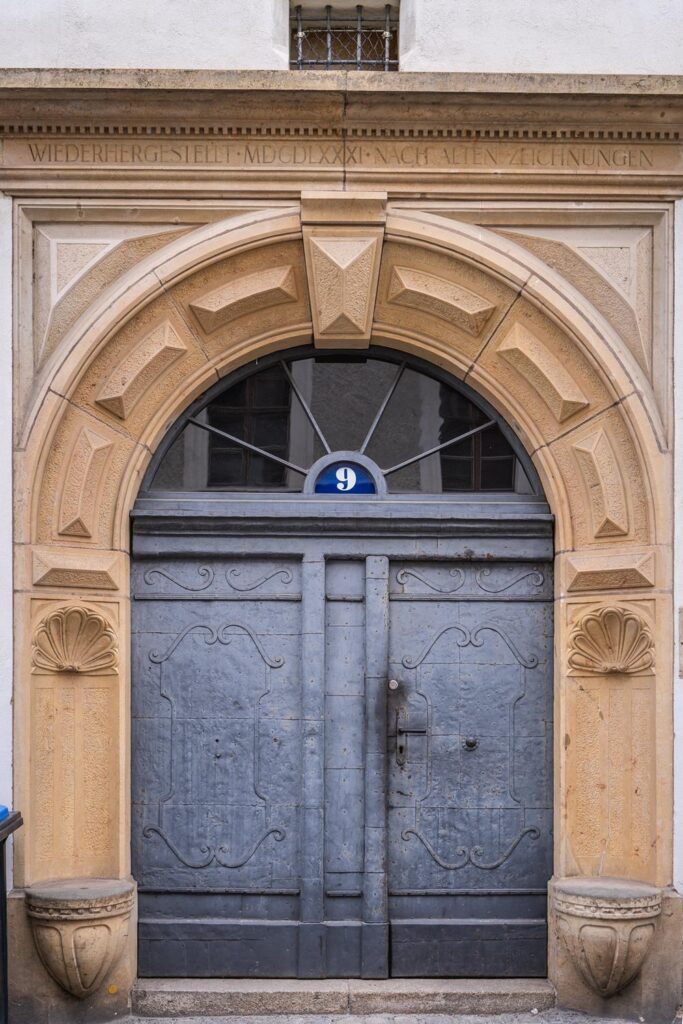
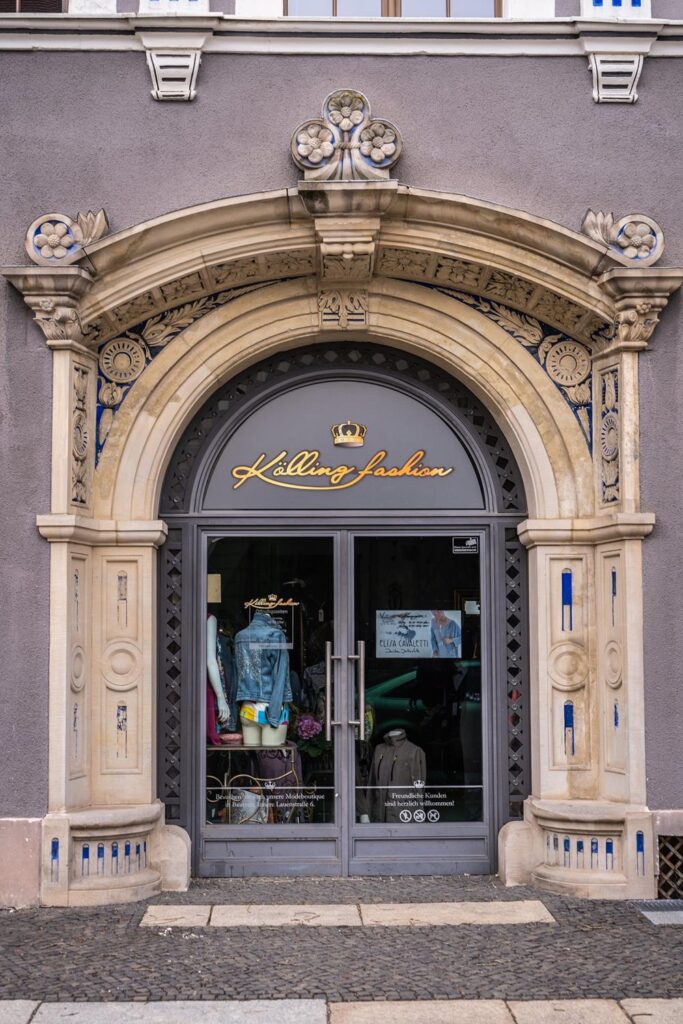
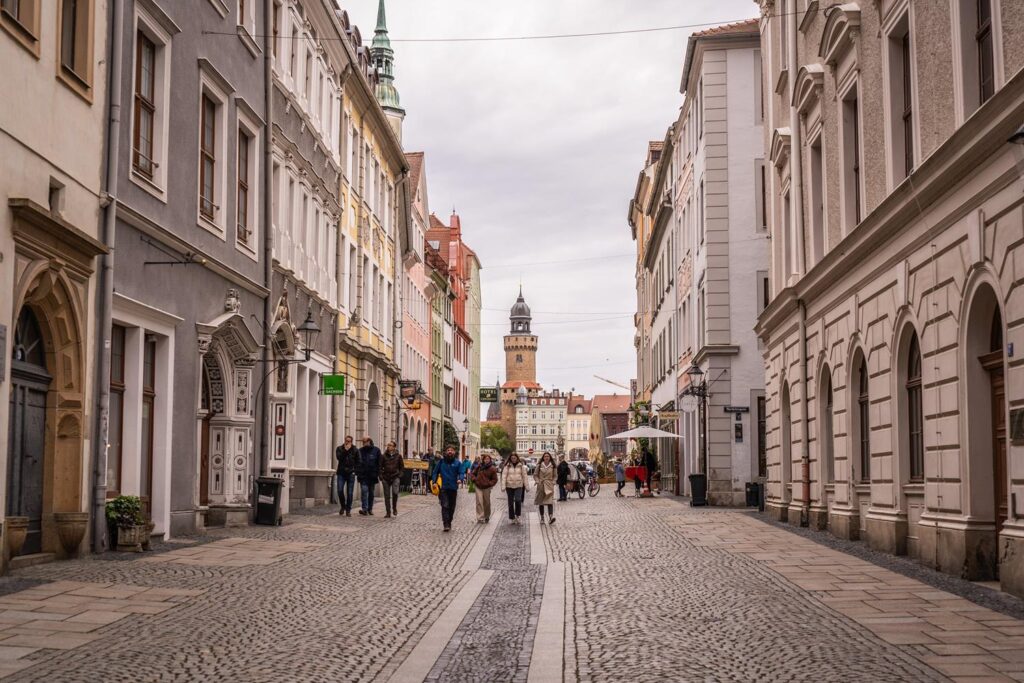
City Towers
Görlitz is often called the “city of towers.” If you catch the right time for a tour, you can visit them all in one day! The three main guard towers of the city were part of the historical fortifications. The “Fat Tower” (Dicker Turm) earned its name because of its size — its walls reach a thickness of 5.34 meters. The “Reichenbach Tower” (Reichenbacher Turm) is the tallest of the mentioned towers, standing at 51 meters high. The oldest of them is the “Nicholas Tower” (Nikolaiturm).
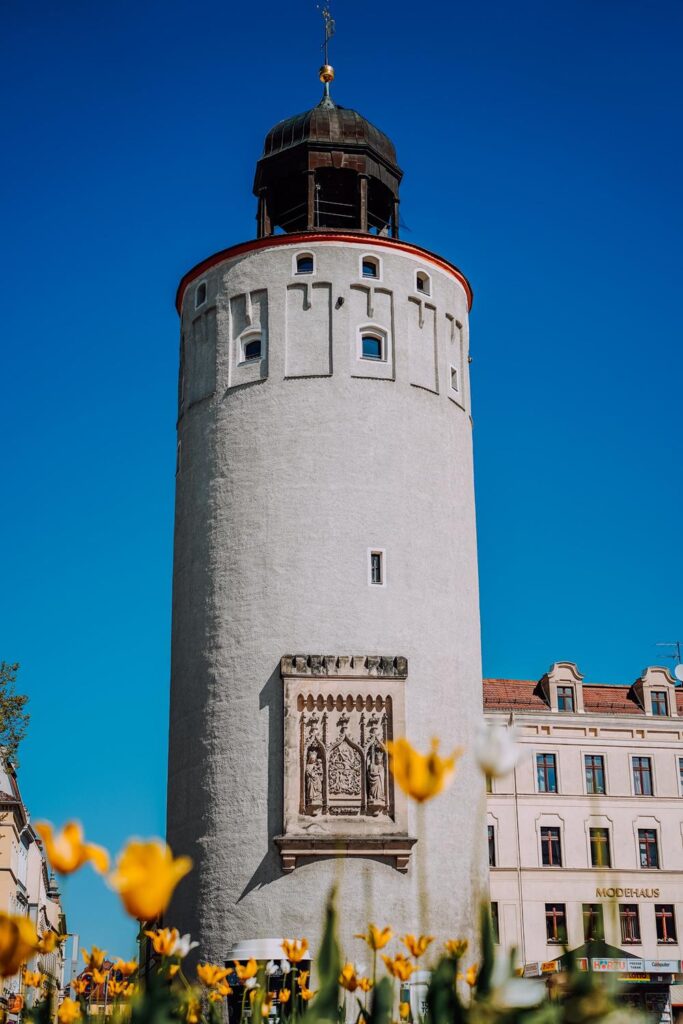
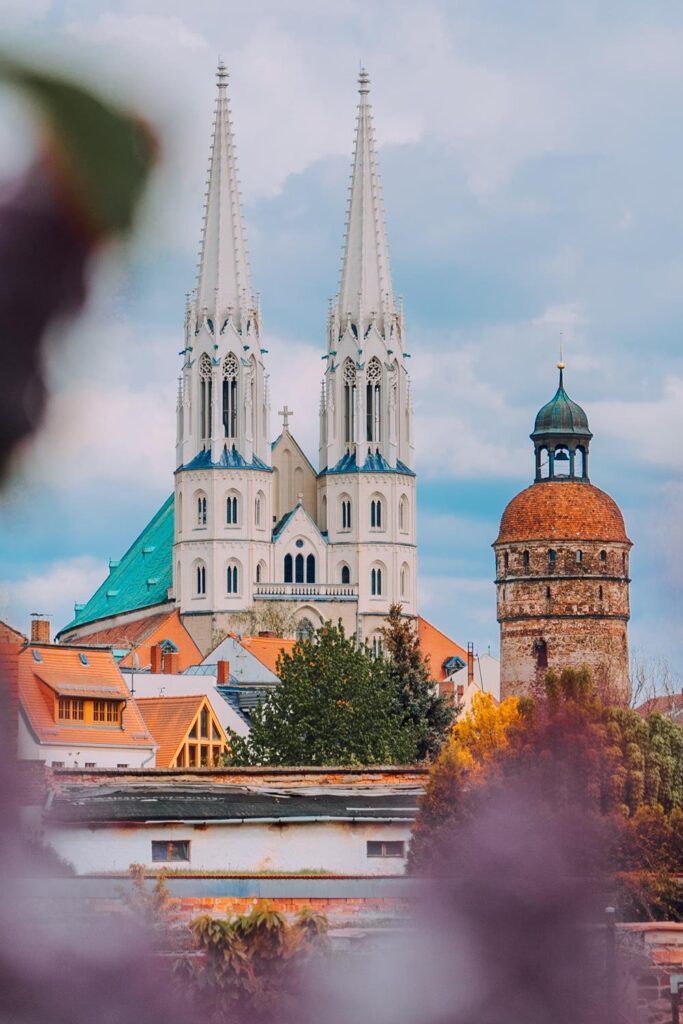
Church of St. Peter and St. Paul
The Church of St. Peter and St. Paul is a unique landmark in the Old Town of Görlitz: its copper-clad roof and towering spires dominate over the Lusatian Neisse. Already in the 13th century, a basilica stood at the current location of the church: its western fragment with a intricately decorated portal has survived. Only in the years 1423-1475 was a new, late Gothic, five-nave hall church built in its place. Special attention should be paid to the sun organs inside – they are enormous!
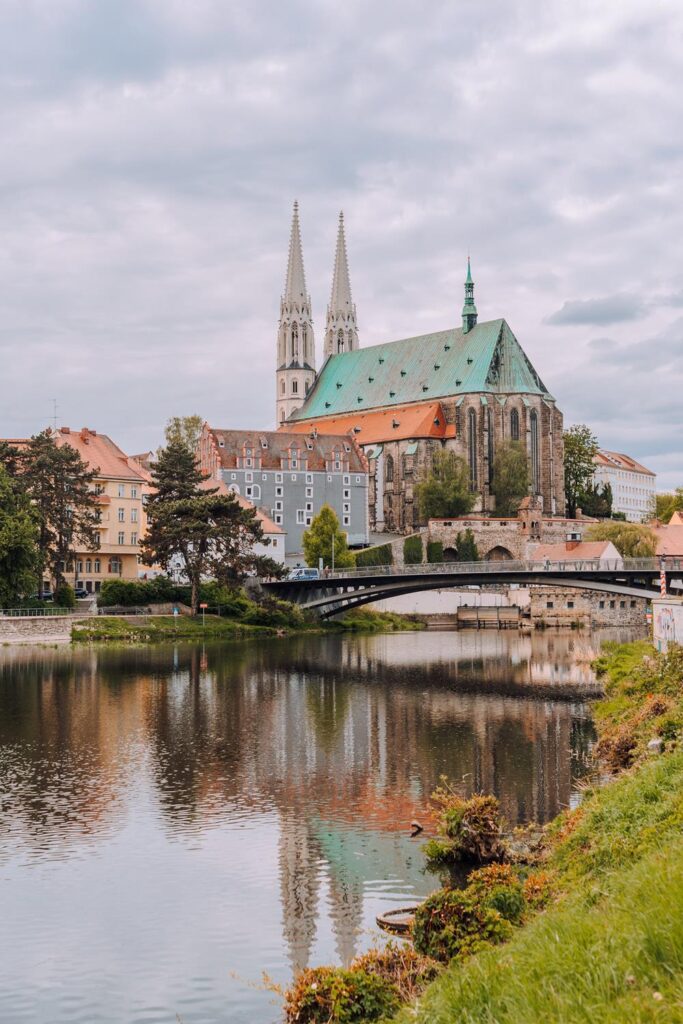
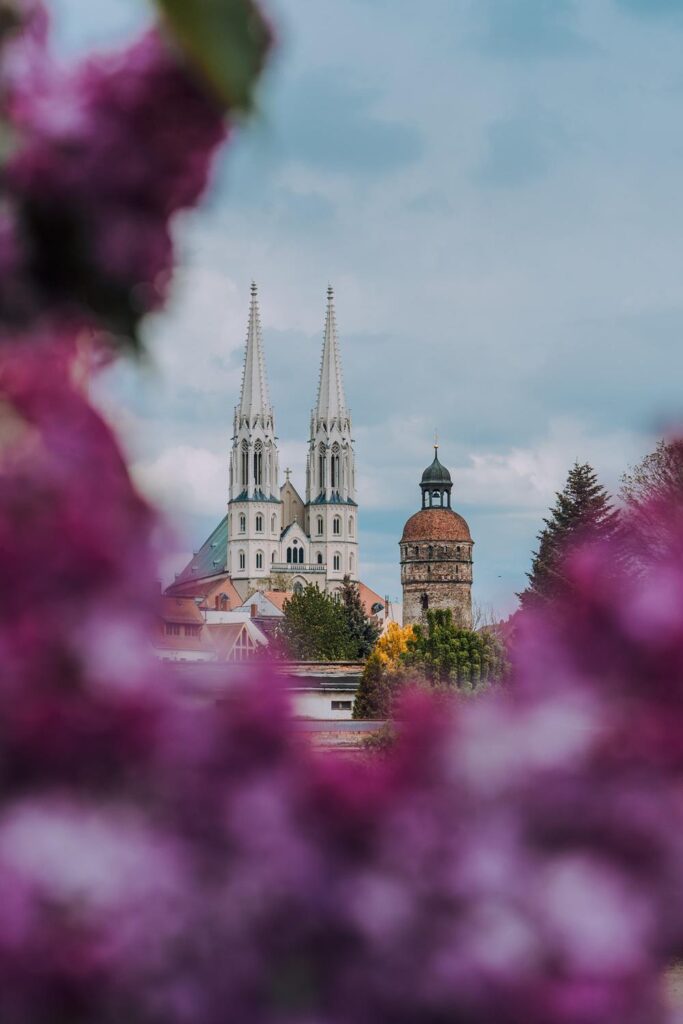
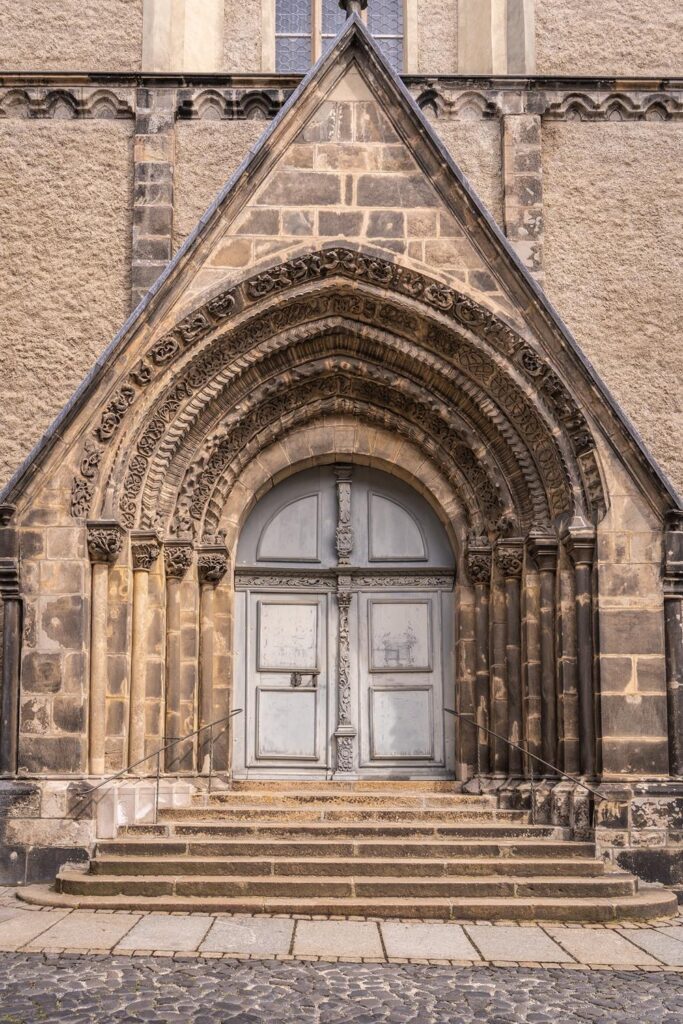
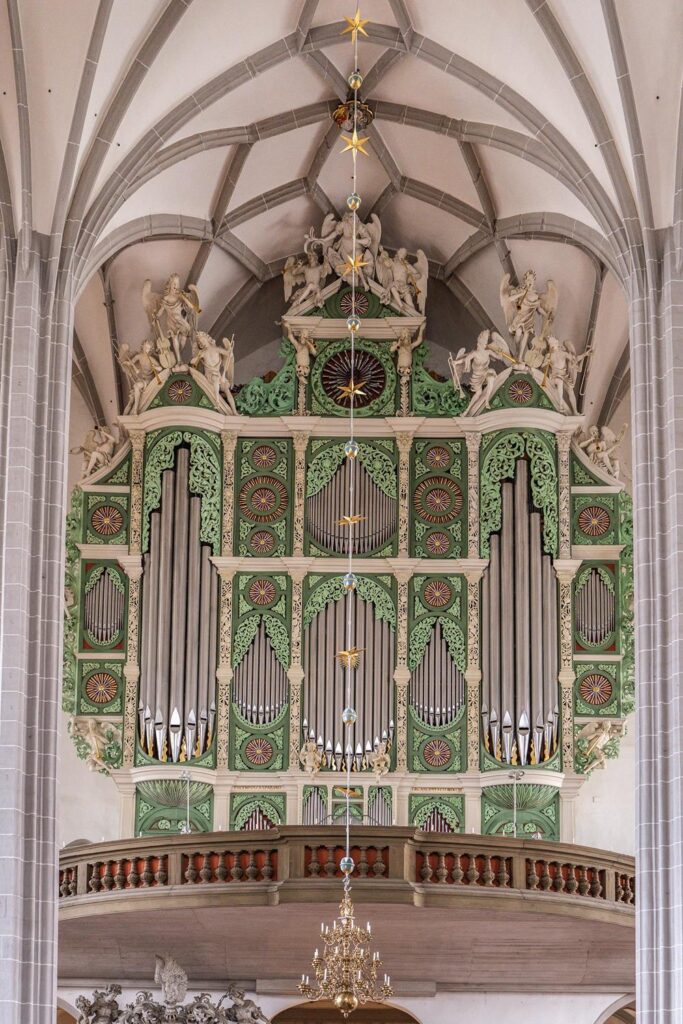
Upper Lusatian Library of Sciences
The Upper Lusatian Library of Sciences is one of the most beautiful European libraries. Both Polish and foreign sources compare it to the Hogwarts library. In my opinion, there’s something to it, but it’s certainly an important center for collecting and disseminating scientific information, primarily in the region. Its impressive collection of around 150,000 volumes primarily supports science and research but is also available to all interested individual users by appointment. Some of the collections can also be browsed through an online catalog.
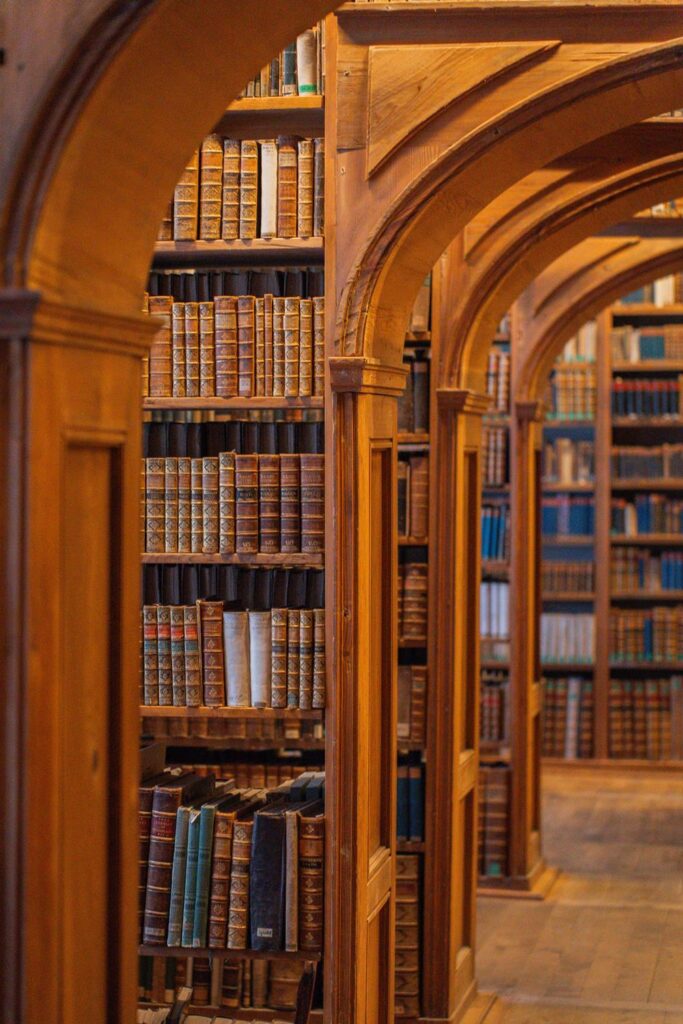
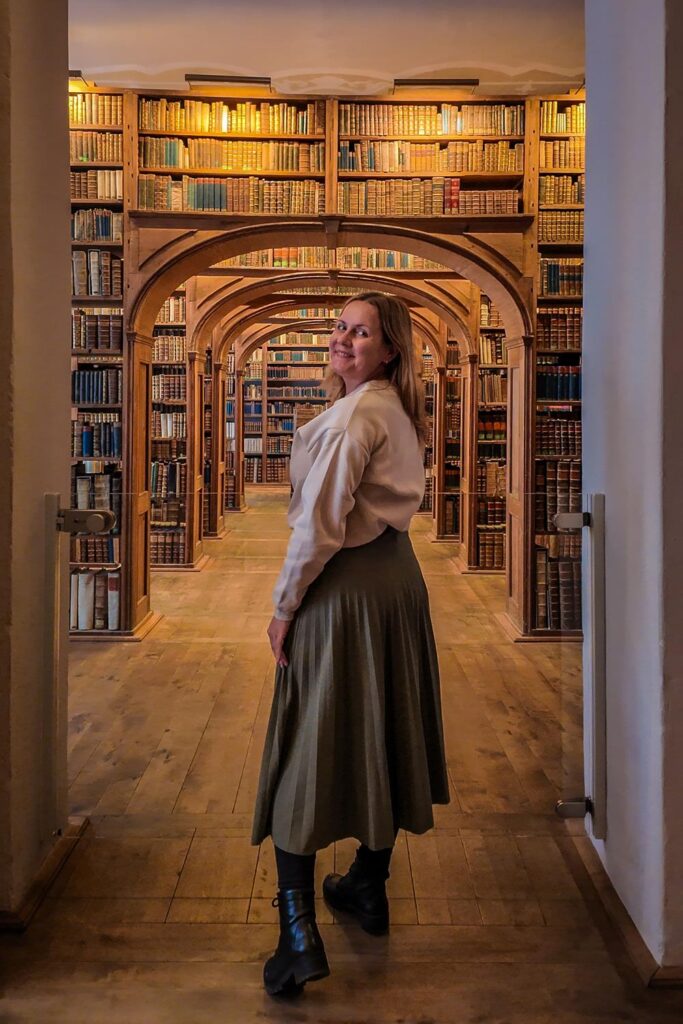
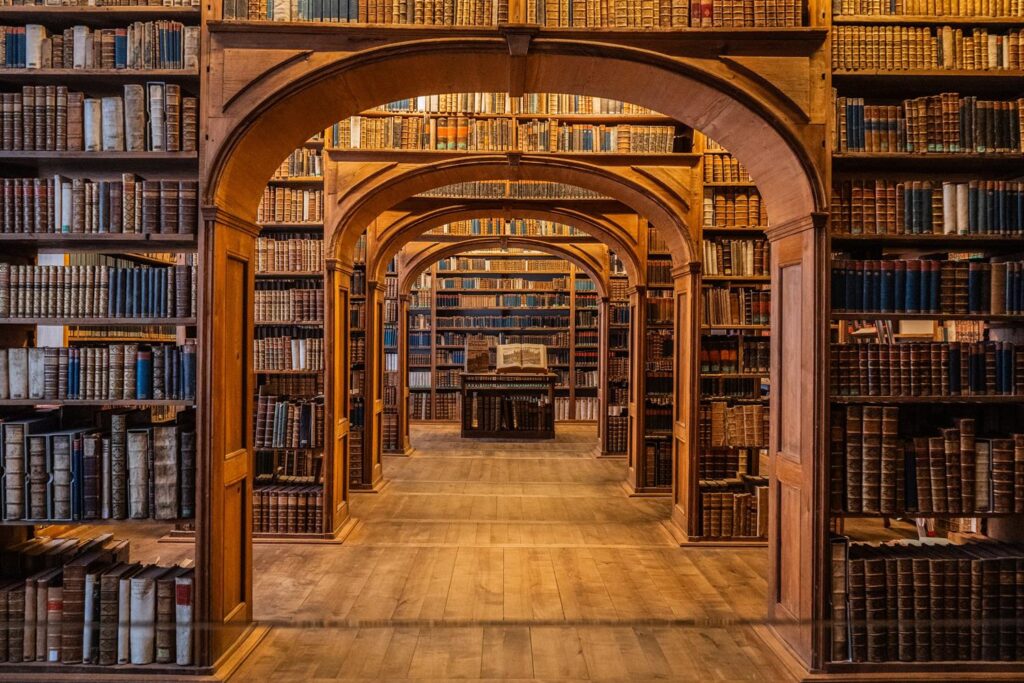
Silesian Museum
Schönhof, the building housing the Silesian Museum, is an important structure. One of its three original parts dates back to the 13th century, from the time of Görlitz’s establishment. It served as a merchant’s court, sheltering not only merchants’ guests but also princes and kings. In the 15th century, it was transformed into a merchant’s house. After the city fire in 1525, it was renovated in the Renaissance style.
The museum opened in 2006 and attracts around 30,000 tourists annually. The exhibitions are designed for all those interested in the history and culture of Silesia, including residents of the Polish-German borderland. We spent 2 hours in the Silesian Museum – I would have stayed longer, but they were closing. The history of Silesia was brilliantly told from the beginning to the present day. In my opinion, it’s a must-visit if you live in Silesia.
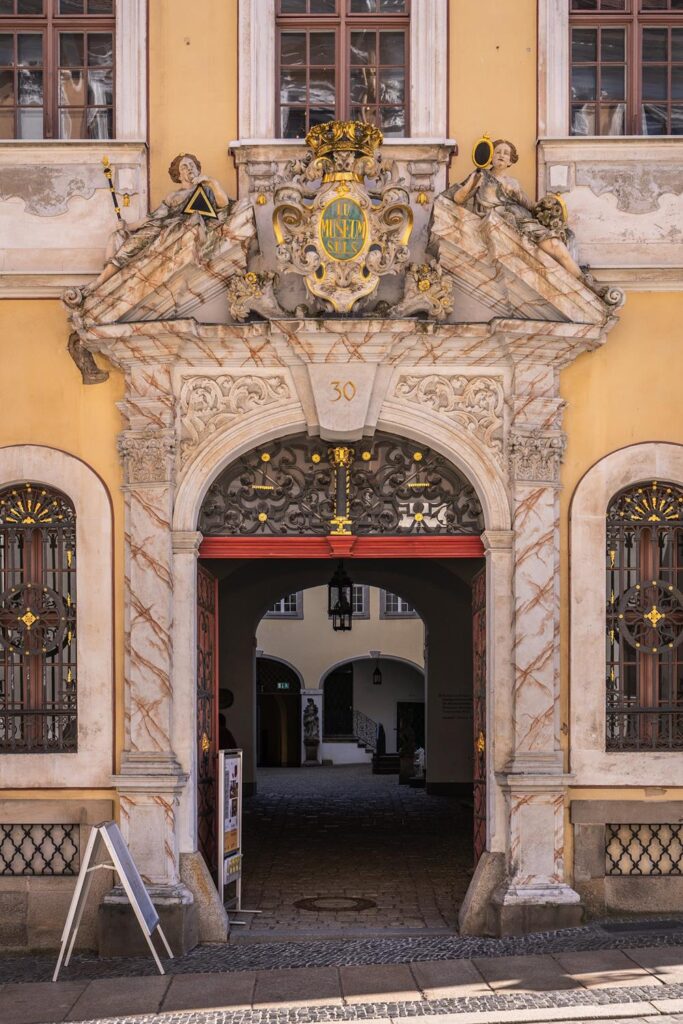
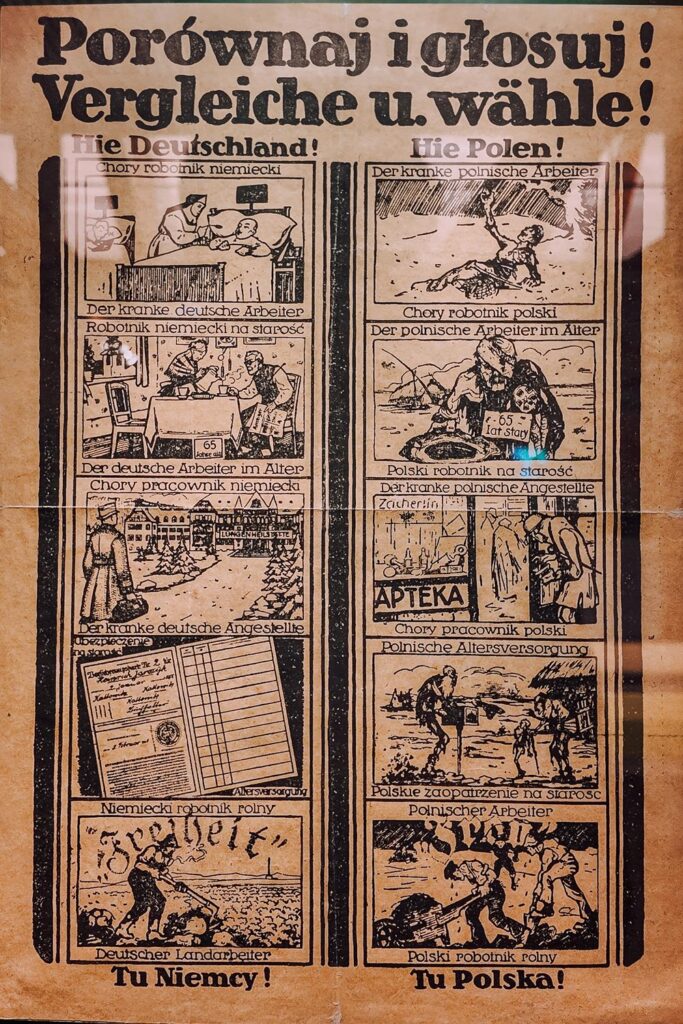
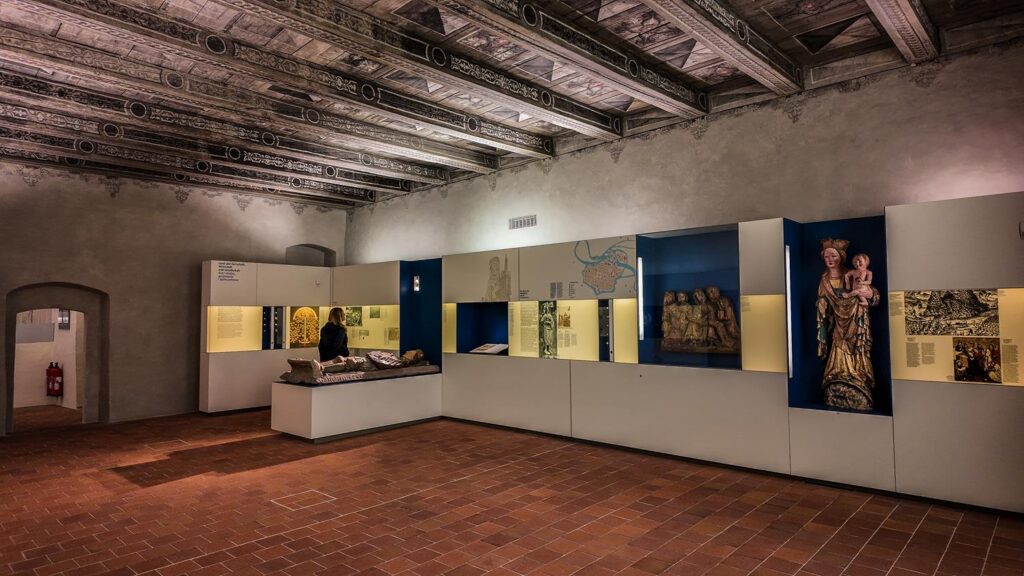
Holy Sepulchre (Heilige Grab)
The replica of the Holy Sepulchre is one of the stations of the Cross in Görlitz. It belongs to a complex that is a copy of the most important parts of the cultic Basilica of the Holy Sepulchre in Jerusalem: it consists of the Chapel of the Holy Cross, the House of Anointing, and the Chapel of the Holy Sepulchre. This complex bears witness to medieval piety and is the best representation of this place in the world.
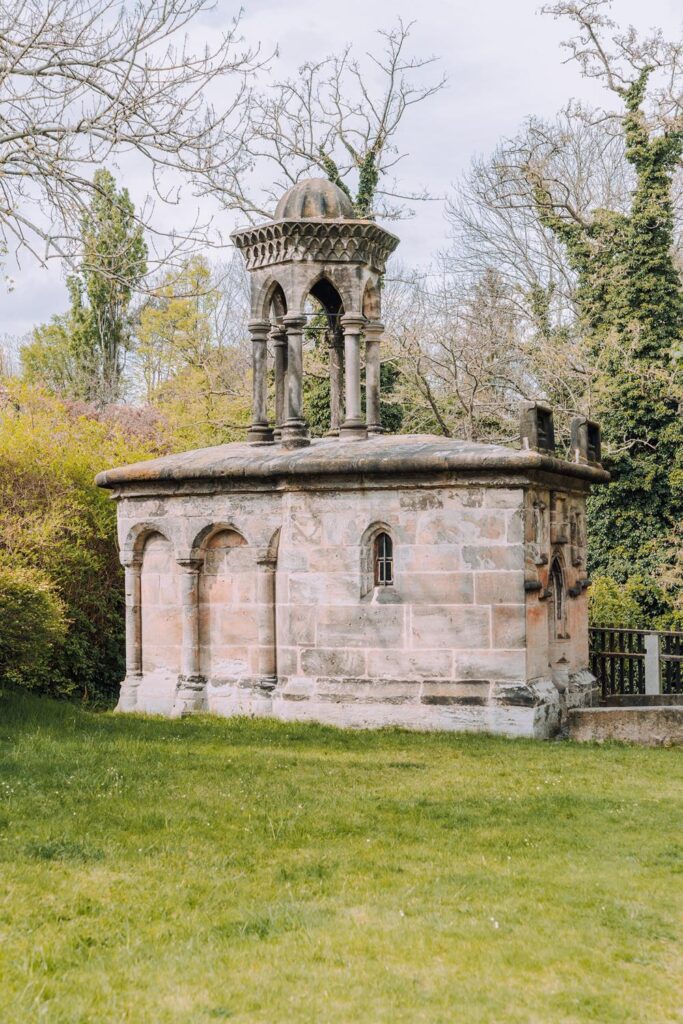
Synagogue
The synagogue in Görlitz was built in 1911. Thanks to its monumental size and unique form, it’s one of the most interesting examples of synagogue architecture from the early 20th century. Unfortunately, on the night of the pogrom on November 9, 1938, it was set on fire. In the 1980s, a civic campaign was launched to save the building, but renovation began after 1989. Since November 2008 – after meeting the necessary safety requirements – events can once again take place in the synagogue, and the place is open to visitors.
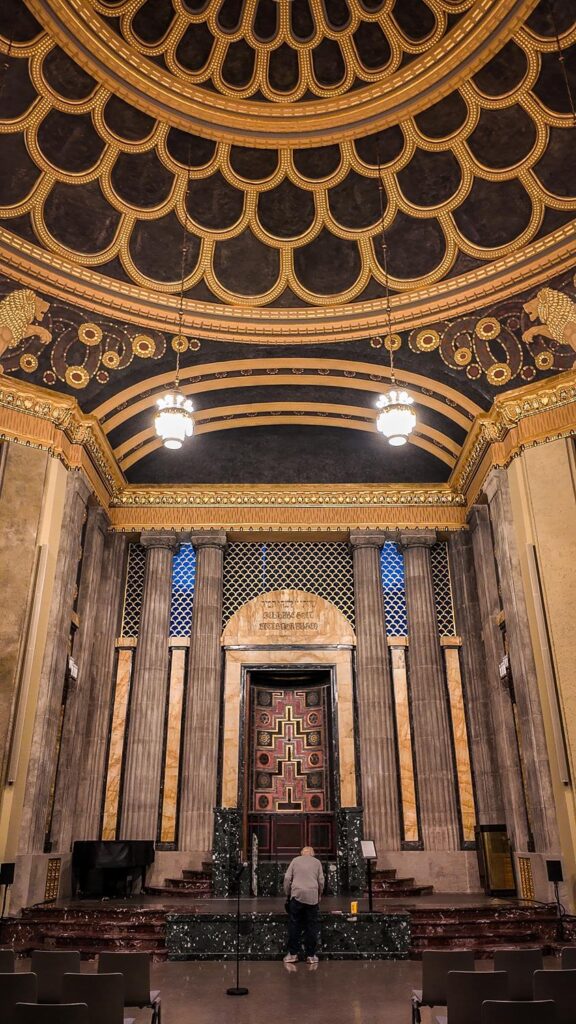
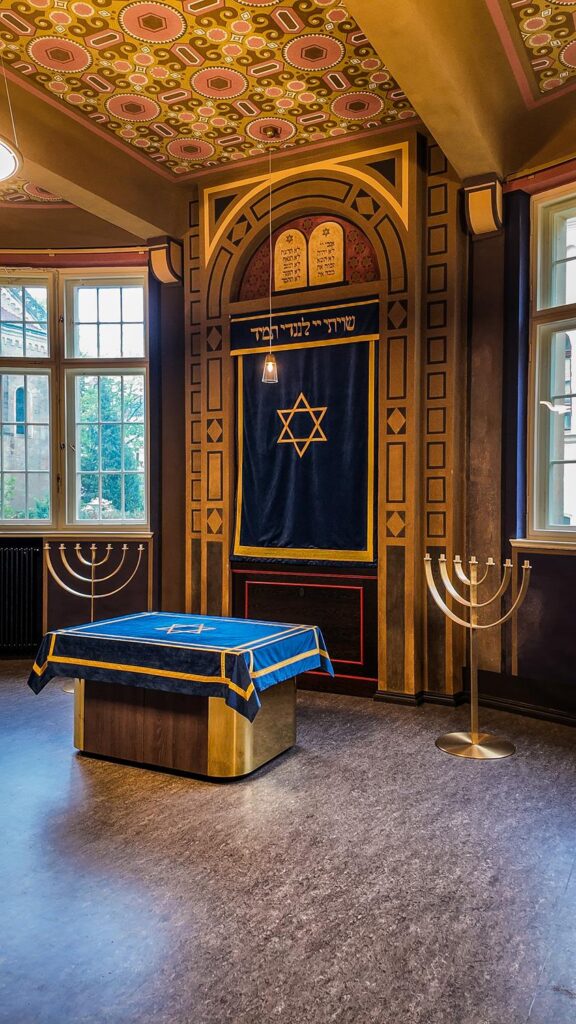
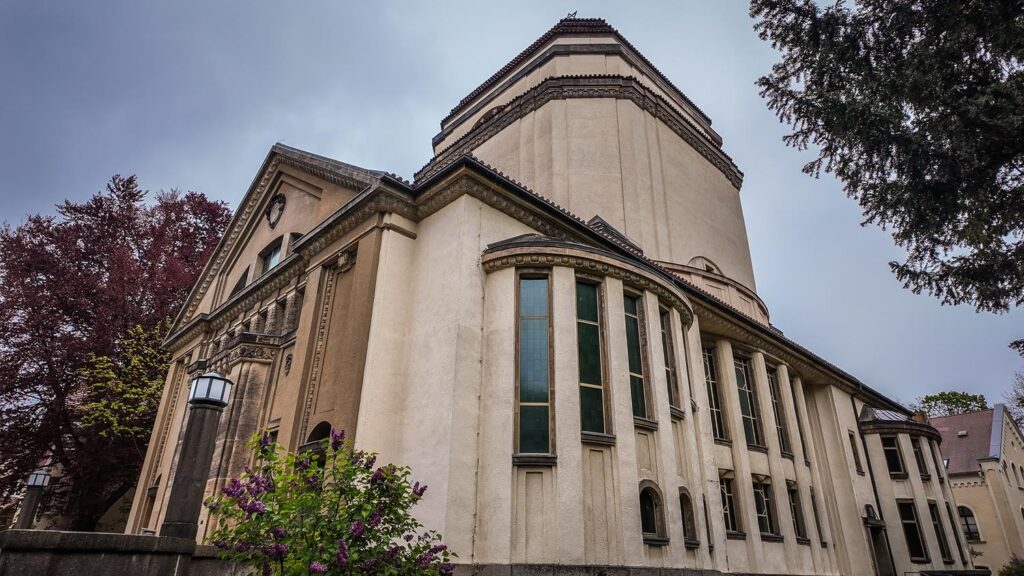
Straßburg Passage
The beginning of the commercial passage was given by a textile shop opened by Otto Strassburg at 7 Berliner Strasse in 1887. The passage gradually expanded and was completed in 1907. Twenty years later, a glass roof was built over it. Today, it is 115 meters long, with numerous commercial stalls along its length. A plaque commemorating Otto Strassburg can be seen at one of the entrances.
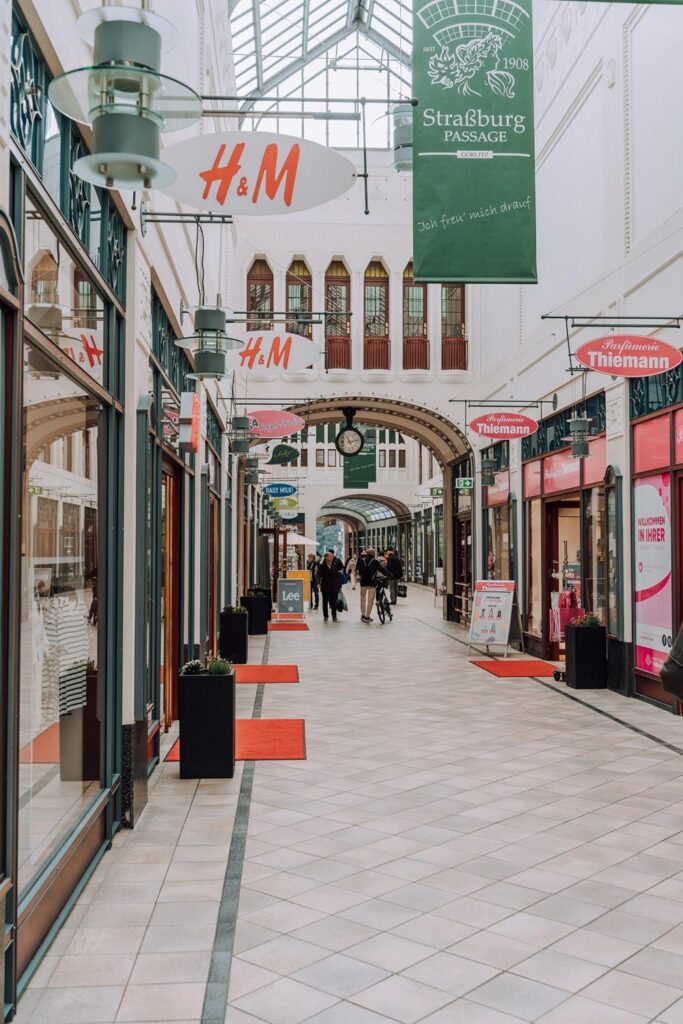
Kaufhaus Görlitz
Kaufhaus is a historic building in Görlitz, built as an Art Nouveau department store by the Jewish merchant Louis Friedländer. It’s the only building of its kind from its era that has survived in its original form. The vast and tastefully decorated interiors are captivating – I received many messages on Instagram and Facebook from residents of Zgorzelec who used to shop there. It’s no wonder that when the director from the United States, Wes Anderson, was looking for a location for the film “Grand Budapest Hotel,” he chose the department store in Görlitz. The film crew spent several months in the city.
Currently, the building is closed, only opened for special occasions. We managed to visit it thanks to the hospitality of the local tourist organization.
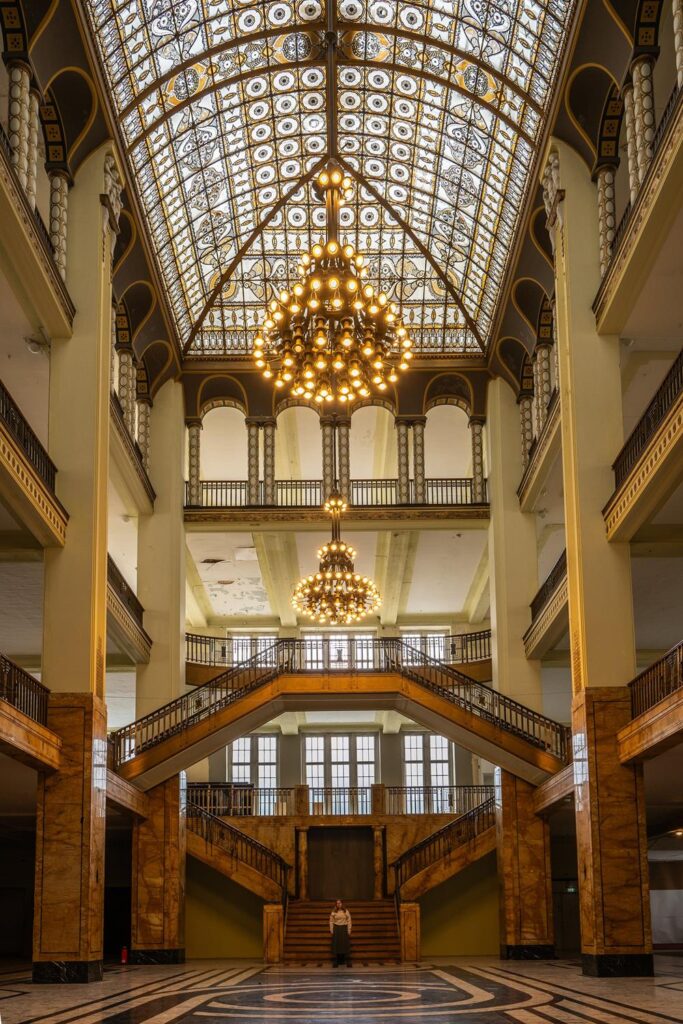
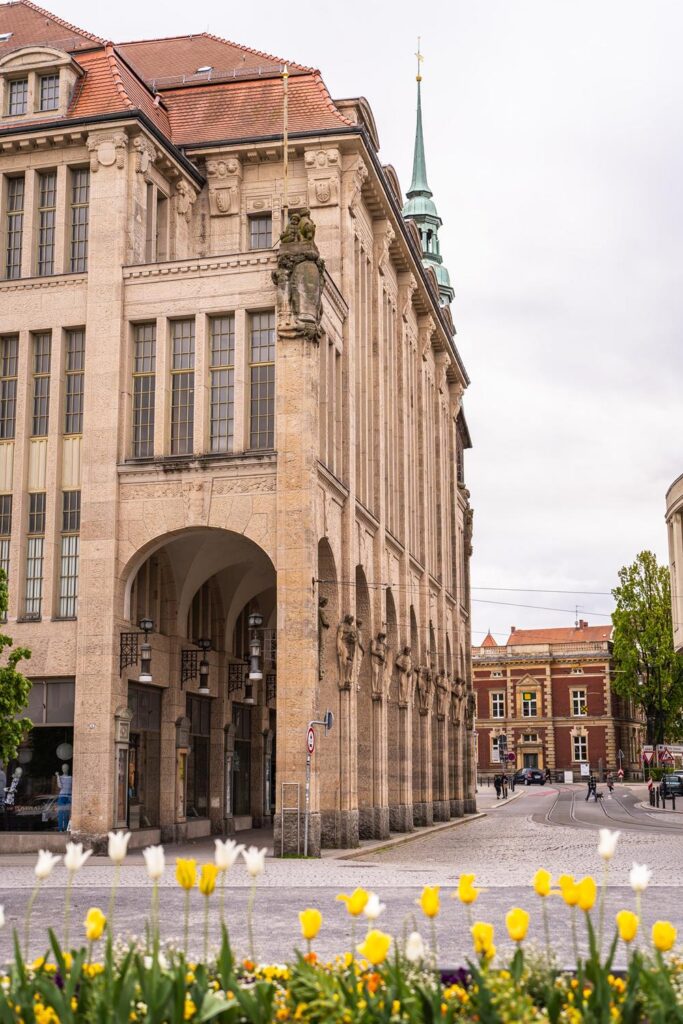
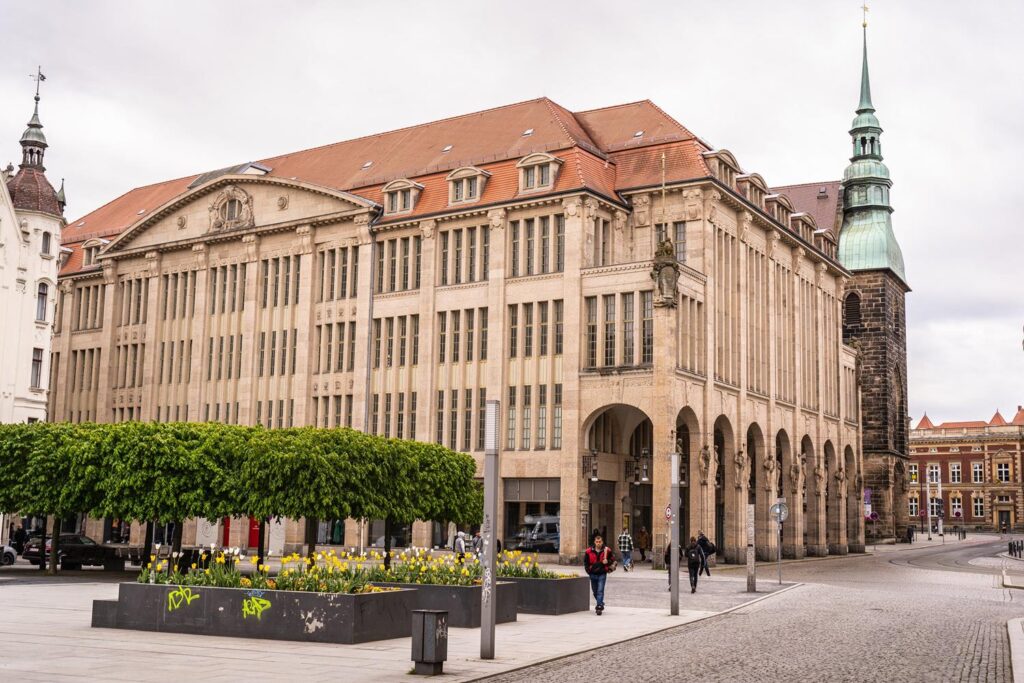
Görliwood
In Görlitz and its surroundings, other outstanding films with star-studded casts were also shot, such as “Around the World in 80 Days,” “Goethe!,” “Inglourious Basterds,” or “The Sorcerer’s Apprentice.” For this reason, it’s worth going on a “Görliwood tour,” i.e., exploring Görlitz following the footsteps of film sets. You can do this with a guide, like Petrus, with whom we toured (he speaks Polish, English, and German).
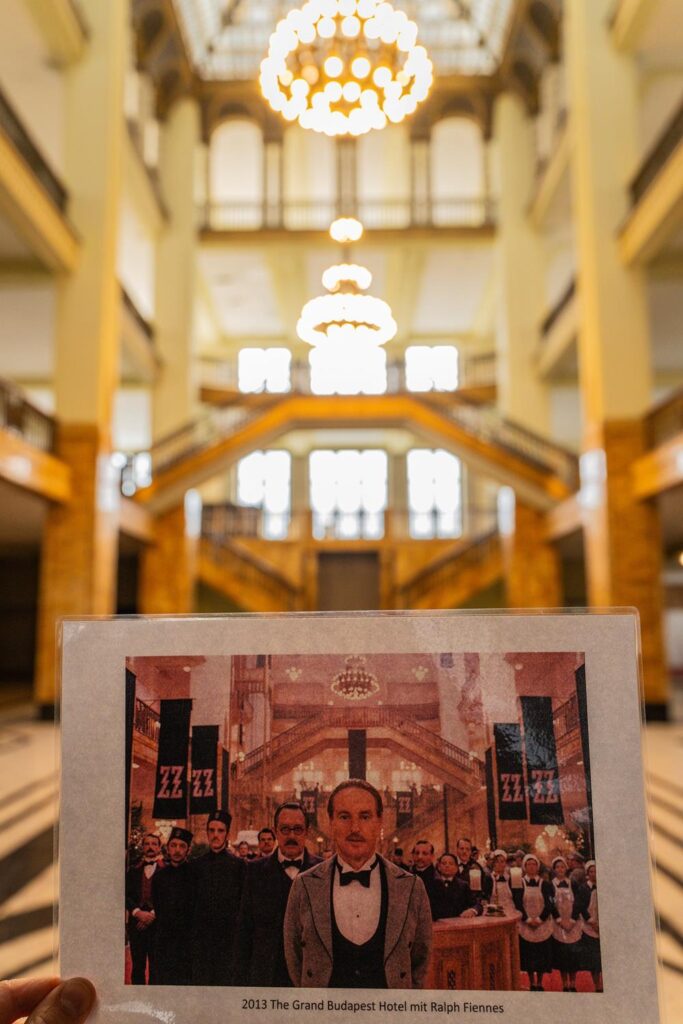
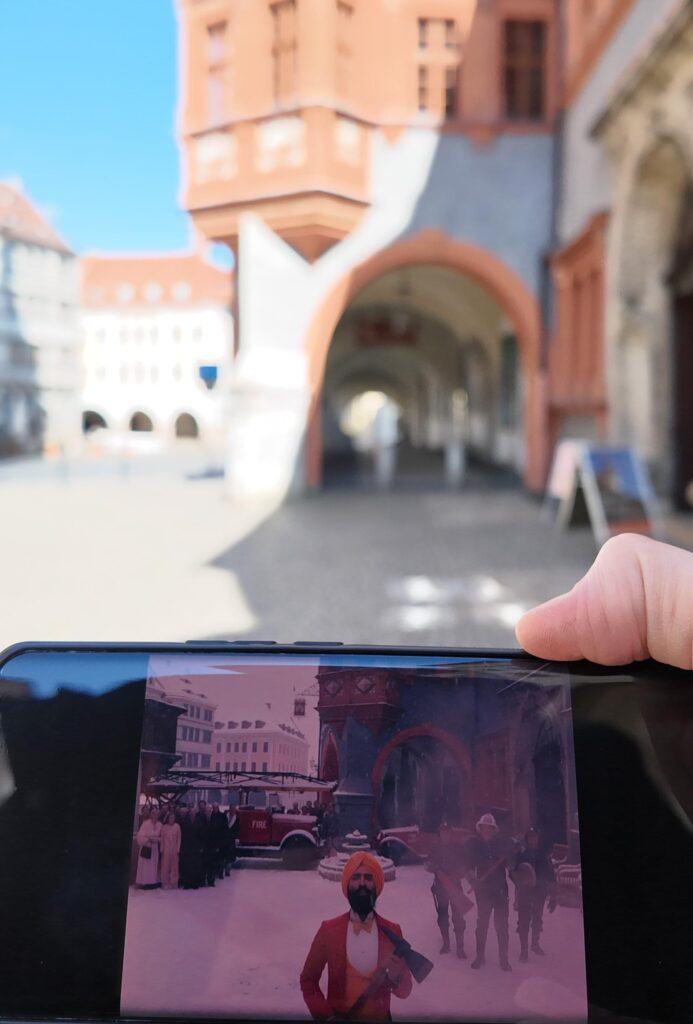
Oxen Fortress (Ochsenzwinger)
The entrance gate to Ochsenzwinger once connected two bastions, allowing passage and driving cattle from pastures. Today, it serves as the entrance to the Baroque gardens, which were created in 1962-1963 and are a green urban space with a charming terrace with a fountain. The southern part of the gardens, arranged with lawns, trees, shrubs, and seating areas, is very picturesque.
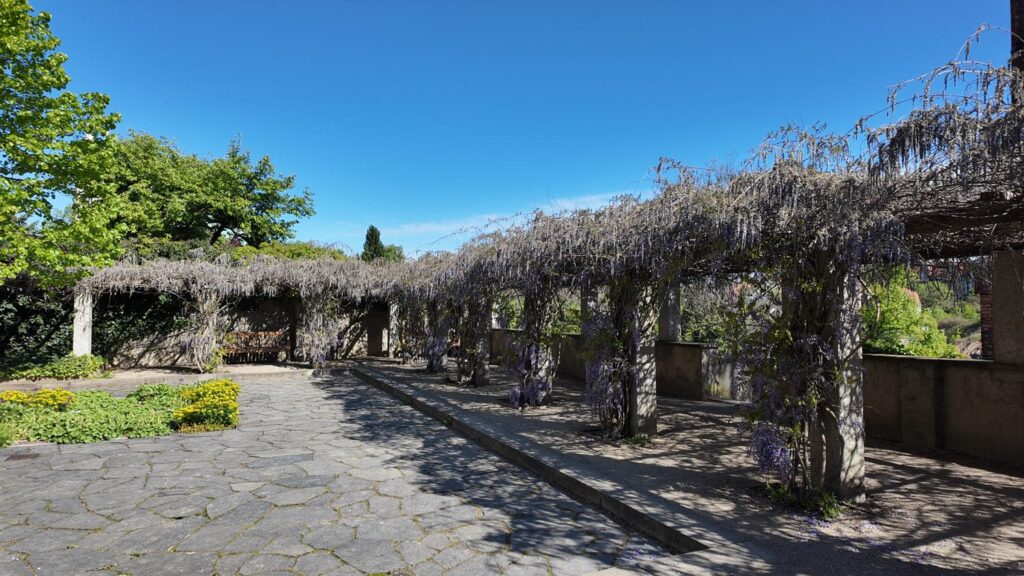
Görlitz Zoo
Görlitz-Zgorzelec Zoo is a really small zoo in Germany, covering 5 hectares. So even those who don’t like long walks will be pleased! You’ll find about 100 species there. There’s no lion, but there are many native species and farm animals. Therefore, their enclosures are carefully adapted to the natural environment. In addition to promoting nature conservation and caring for endangered species, you can directly interact with the animals: feed the donkeys, stay in the same room with the parrots. Additionally, all information is also available in Polish.
I’ve heard a lot of positive reviews about the zoo in Görlitz, that it’s a place where you can see nature in action. Indeed, it’s not a typical zoo with exotic animals. Instead, there are many “ordinary” species, you can watch little chicks grow, feed a goat or a donkey, and observe a raccoon, who’s always up to something.
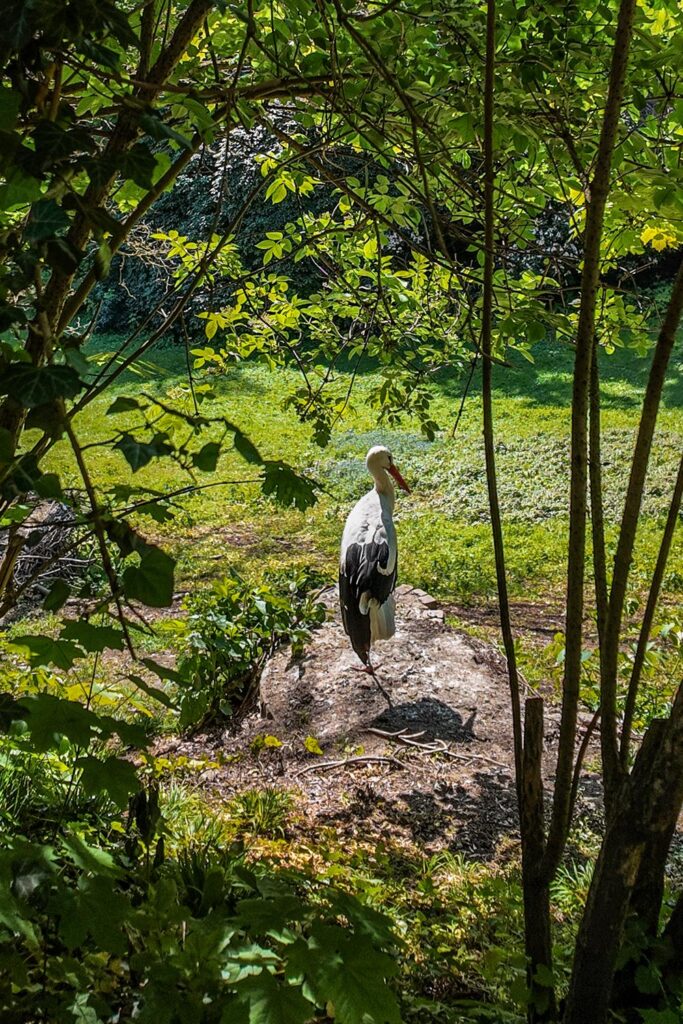
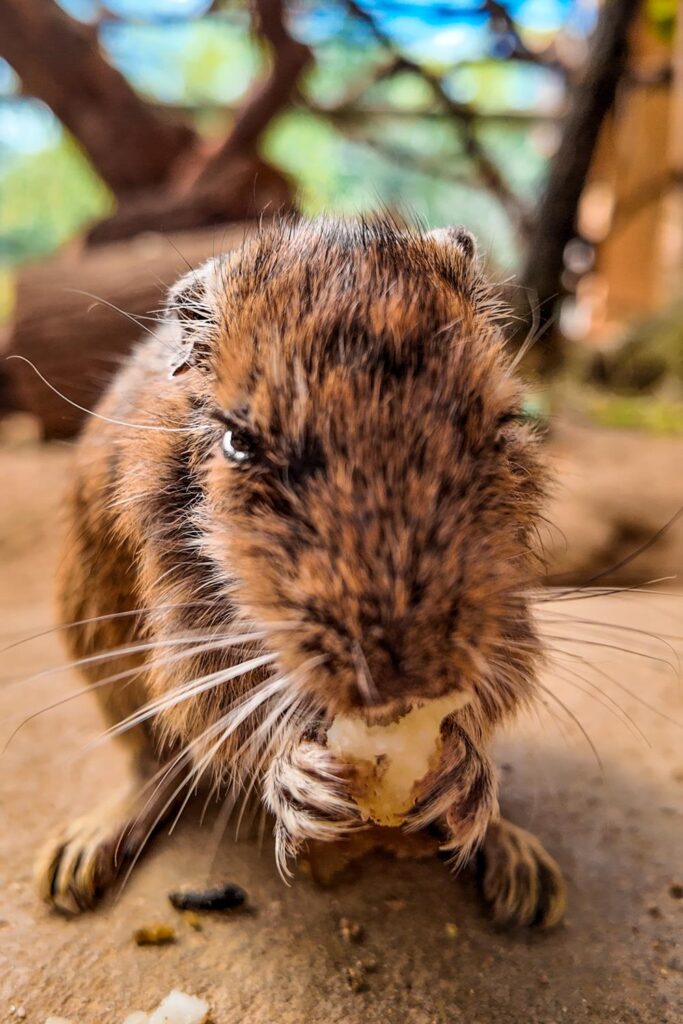
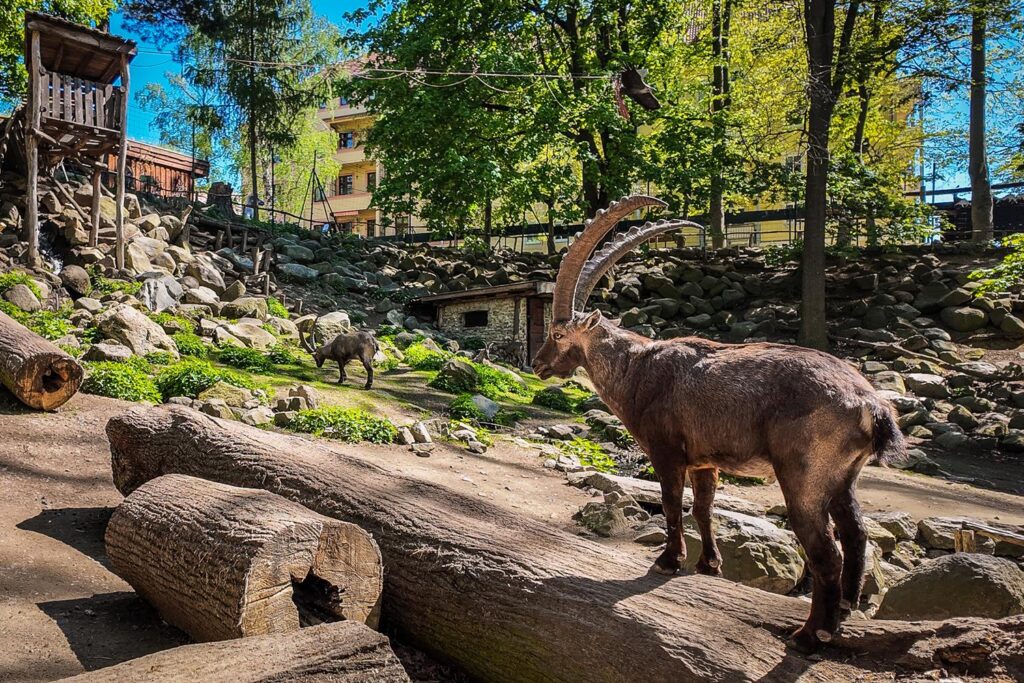
Berzdorfer See
Berzdorfer See is a huge lake covering over 960 hectares. Its maximum depth is 72 meters. When the wind blows strongly, waves almost like those on the sea are formed! Berzdorfer See offers sandy beaches and relaxing leisure against the backdrop of the Landeskrone mountain. It’s only a few minutes away from the city center, so it’s a great place to relax. In addition to traditional swimming, you can also engage in water sports there.
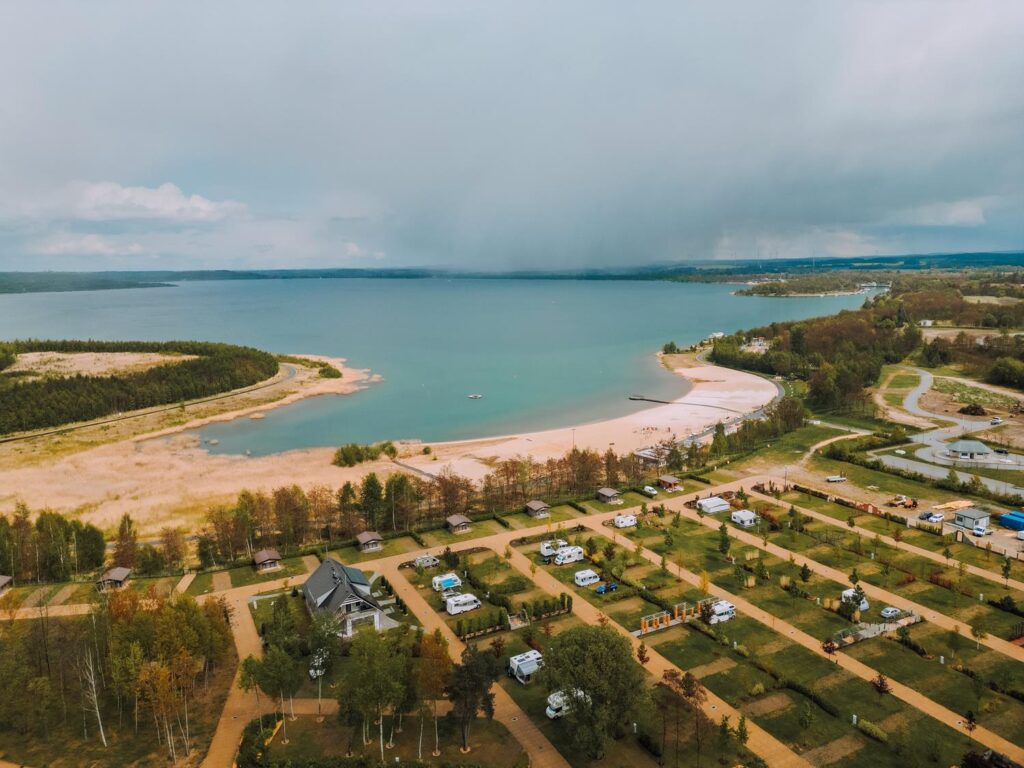
Accommodation in Görlitz
For two nights, we stayed in the city center, in a spacious apartment. Very tasty breakfasts, tranquility + parking nearby (additional fee). Leaving the link: VIA`s Appartements und Ferienwohnungen
In the charming city of Görlitz, there are so many landmarks and beautiful places that it’s impossible to see everything in one trip! It will be a great destination not only for film or architecture enthusiasts but also for those who like leisurely relaxation. What did you like the most from my list? Let me know!
If you’re interested in traveling in Germany, check out my other posts:
- Upper Lusatia – a plan for a trip around Saxony
- What to Do in Leipzig: A Guide to the Must-See Attractions
- Exploring Lübeck: A Gem of Medieval Architecture and Cultural Heritage
- Hildesheim: Fascinating Attractions to Explore
- Saxony-Anhalt: Must-See Attractions You Can’t Miss
- Things To Do In Quedlinburg – Tips for a Day Trip
- Wernigerode: Unveiling the Fairy Tale Beauty of Germany’s Hidden Gem!